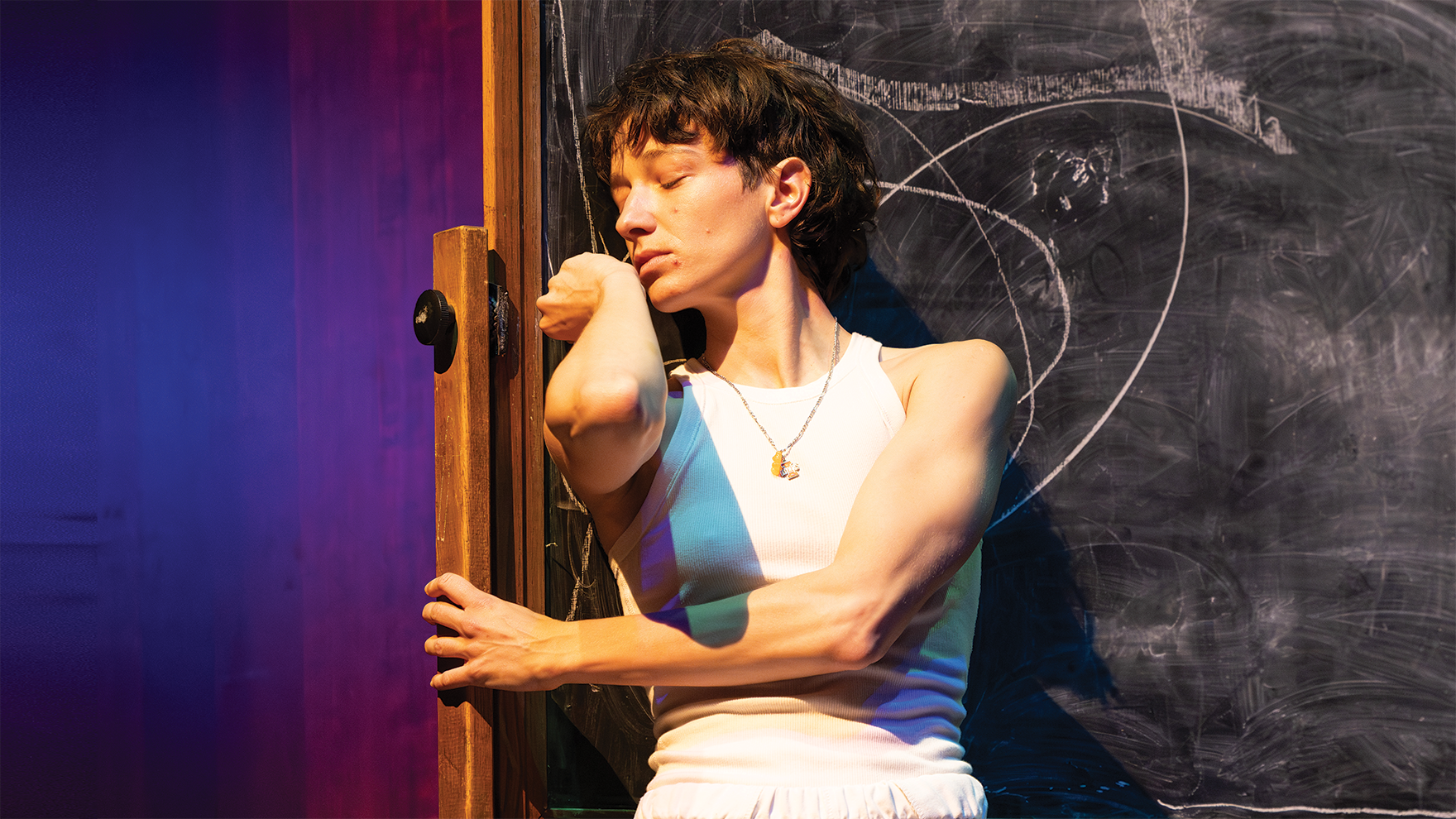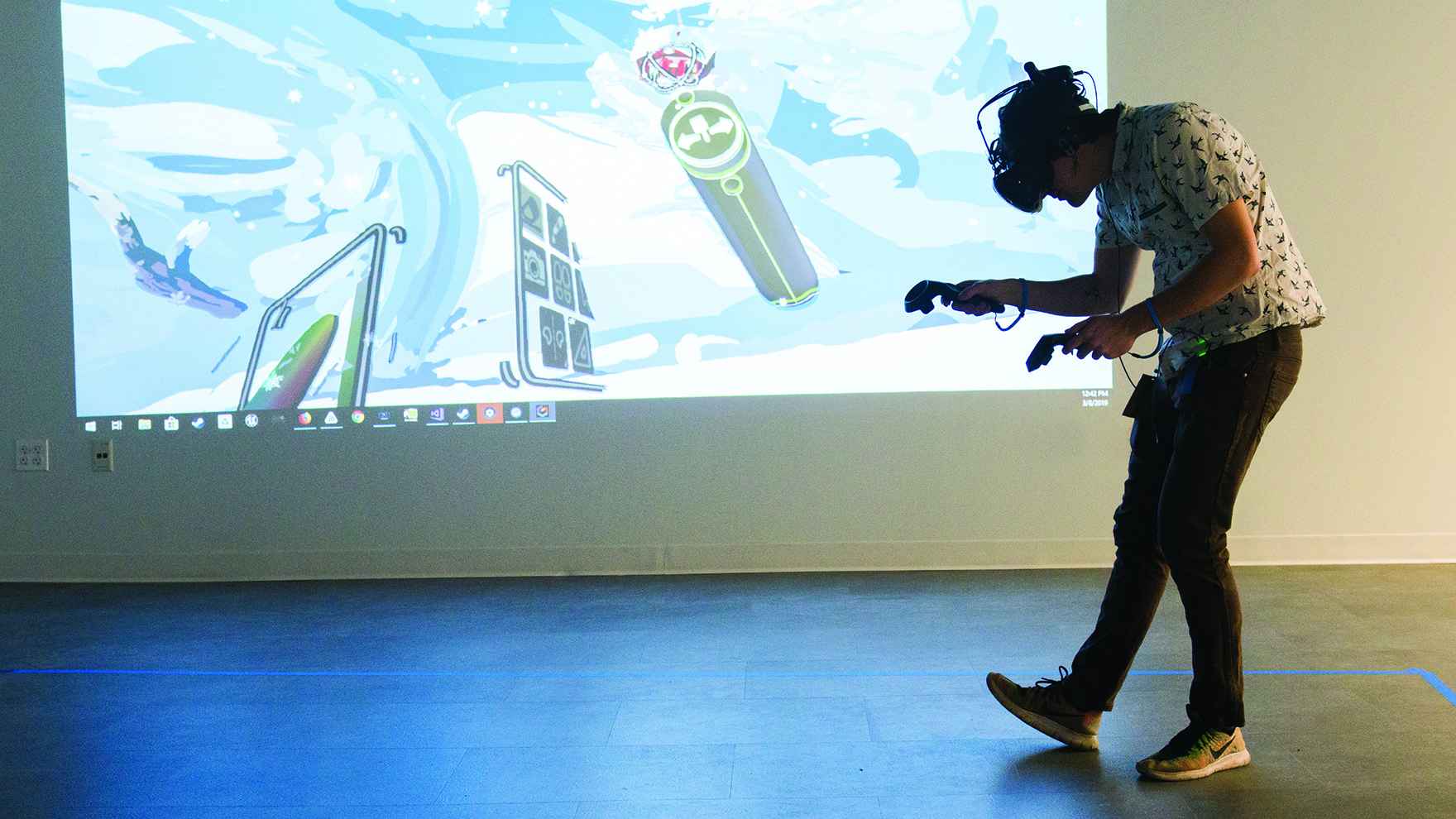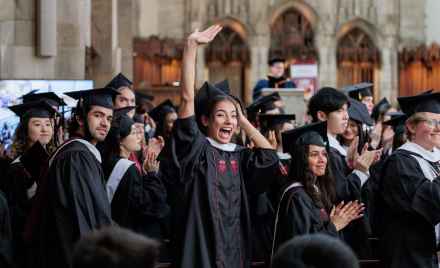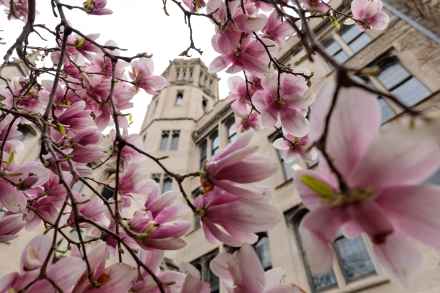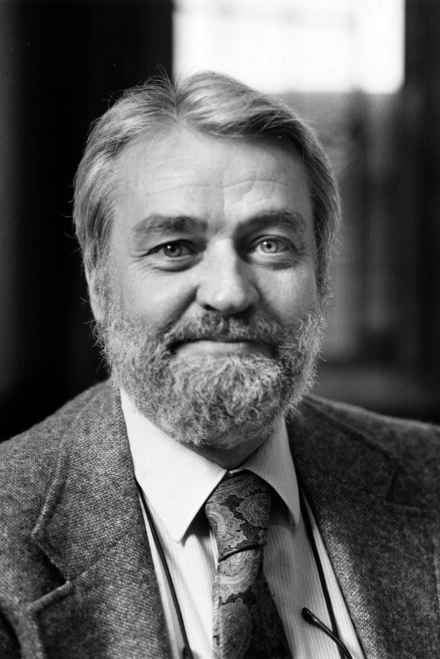Humanities Division Honors Graduate Students, Faculty, and Staff at 538th Convocation
Division of the Humanities graduates, faculty members, and the graduating students’ families and friends celebrated the 538th Convocation ceremony in Rockefeller Chapel from 4:30 to 5:30 p.m. on May 31, 2024. This is the first year that Deborah L. Nelson is serving as Dean of the Division of the Humanities and the inaugural year for the academic excellence and leadership awards for graduates of master’s degree programs.
“At each convocation, we are proud to celebrate the achievements in scholarship and teaching of our faculty and students,” said Deborah L. Nelson, Dean of the Division of the Humanities and the Helen B. and Frank L. Sulzberger Professor in the Department of English Language and Literature and the College at UChicago. “I am immensely pleased that we are inaugurating new awards to honor the excellent scholarship of graduates with master’s degrees.”
Humanities scholar elected as an honorary member of the Royal Irish Academy
For many years, Prof. James K. Chandler studied, researched, and taught the English side of literature, politics, and history. About 30 years ago, he realized there was a wholly different Irish perspective, which was equally worthy of study and teaching. Chandler started asking questions such as “What happens if we look at the Irish perspective on English literary history? What if we shift to understanding both the Irish and English sides of certain key dates in the historical chronical: 1603, 1641, 1688, 1798, 1916?”
For his seminal work on Irish literature and cinema in his books, articles, and lectures, Chandler was elected as an honorary member to the Royal Irish Academy on May 24. He is one of 28 new members from across all disciplines elected by their peers because their work has brought international recognition to Ireland.
Two Humanities Scholars to Receive 2024 Quantrell Awards
The transformative education offered at the University of Chicago begins in the classroom, with the teachers who inspire, engage and inform their students.
UChicago annually recognizes faculty for their incredible teaching and mentoring of undergraduate and graduate students through the Llewellyn John and Harriet Manchester Quantrell Awards, believed to be the nation’s oldest prize for undergraduate teaching; and the Faculty Awards for Excellence in PhD Teaching and Mentoring, which honor faculty for their work with graduate students.
Learn more about this year’s recipients below:
Quantrell Awards: Fred Chong, Anton Ford, Michele Friedner, Nicholas Hatsopoulos and Chris Kennedy
W. Ralph Johnson, pre-eminent UChicago critic of Latin poetry, 1933‒2024
Prof. Emeritus W. Ralph Johnson, a distinctive critic of Latin poetry and the renowned University of Chicago author of multiple books on Latin and comparative literature, passed away on April 13. He was 90.
Through his scholarship, Johnson showed an uncanny ability to draw the reader into the text by his own deep appreciation of both the author’s and the reader’s concerns. Many of his colleagues believed that he achieved the highest level of literary criticism for Latin scholars of his generation, and said he helped make UChicago the “crucial center of classical studies that it is today.”

